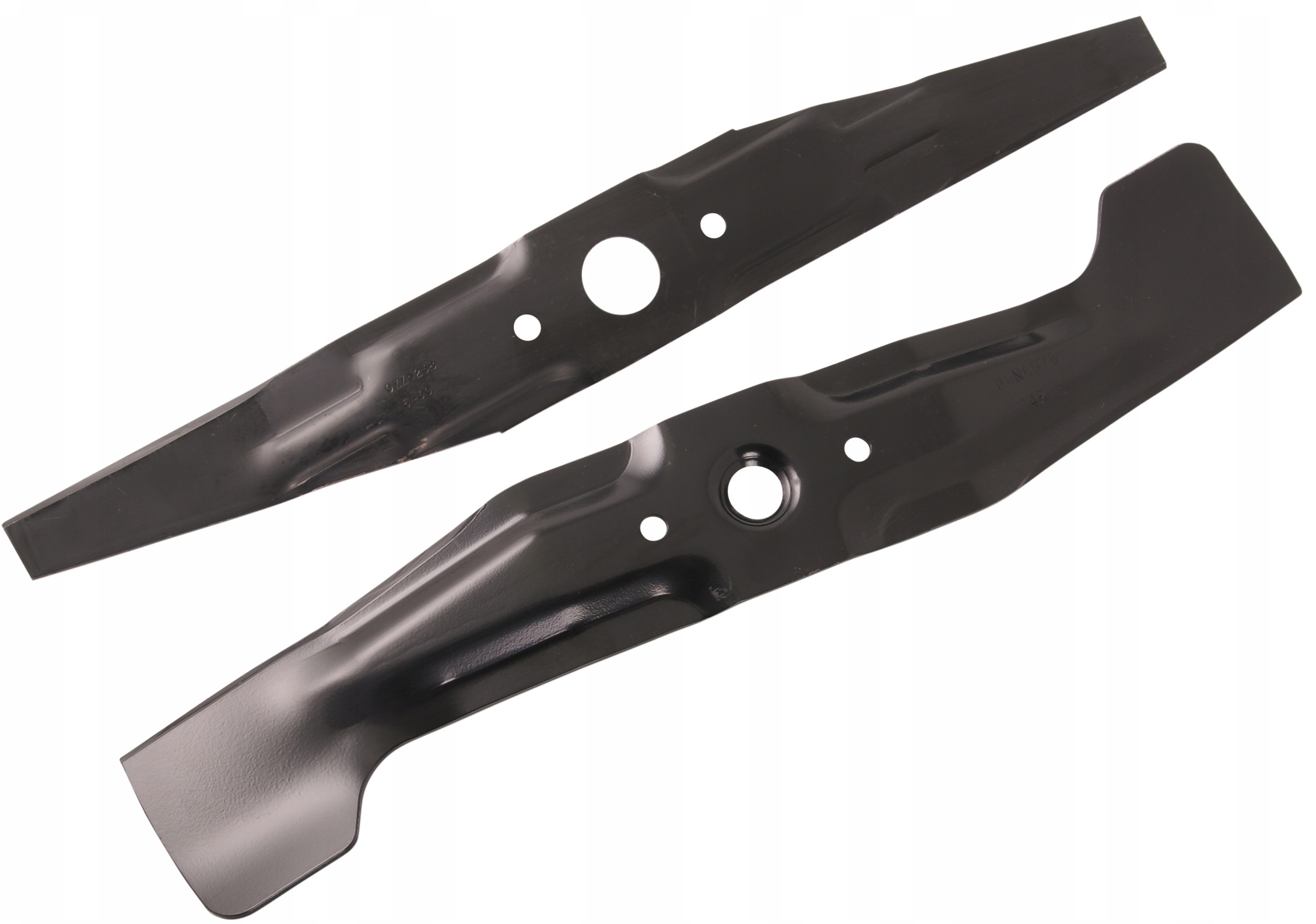Rating of the best breeds of hunting dogs for keeping in an apartment for 2020
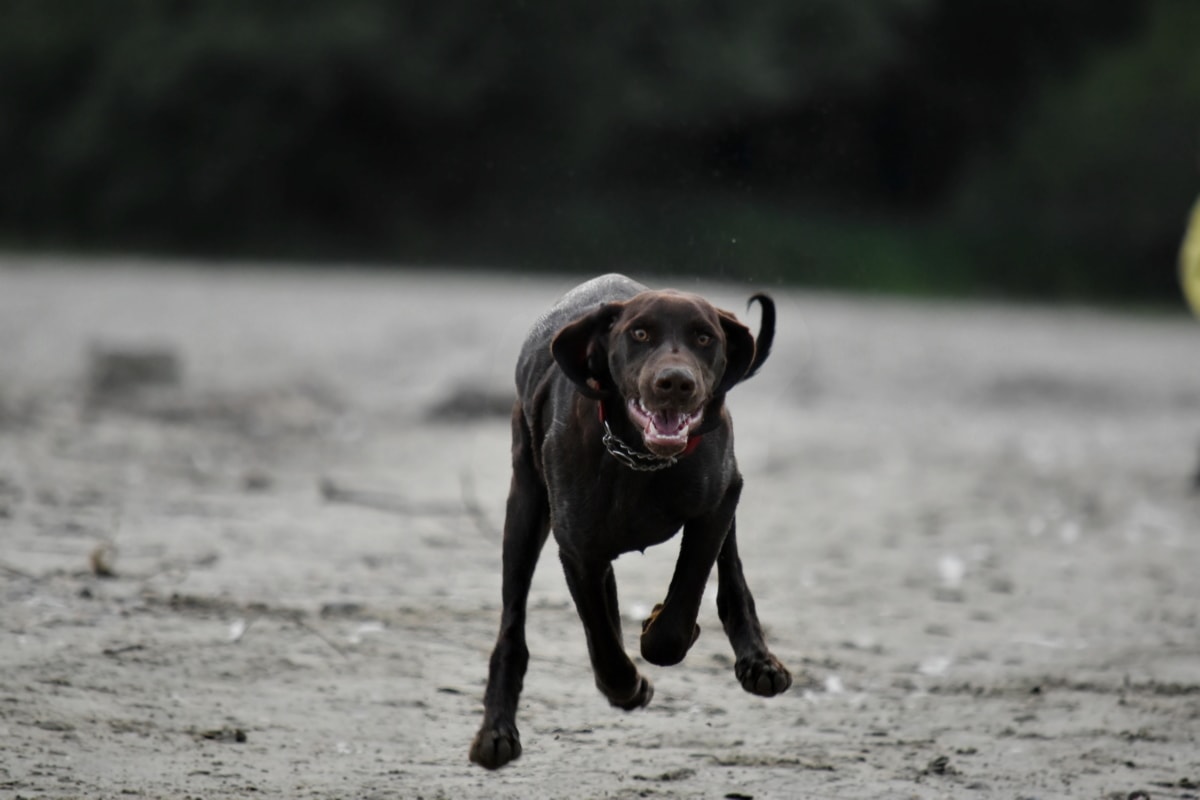
The first animal that was tamed by man in ancient times was a dog. Dogs have become not only human friends, but also good guards and helpers in hunting. From that time on, they began to breed breeds that showed themselves in hunting. Each breed of hunting dogs has its own characteristics, they are different in size and have certain abilities, but they all strive to help the owner in catching prey. If hunting is just a hobby, and most of the time the animal will live in the city walls, then it is better to choose a breed of hunting dogs that can be kept in an apartment.
How to choose the right dog for hunting
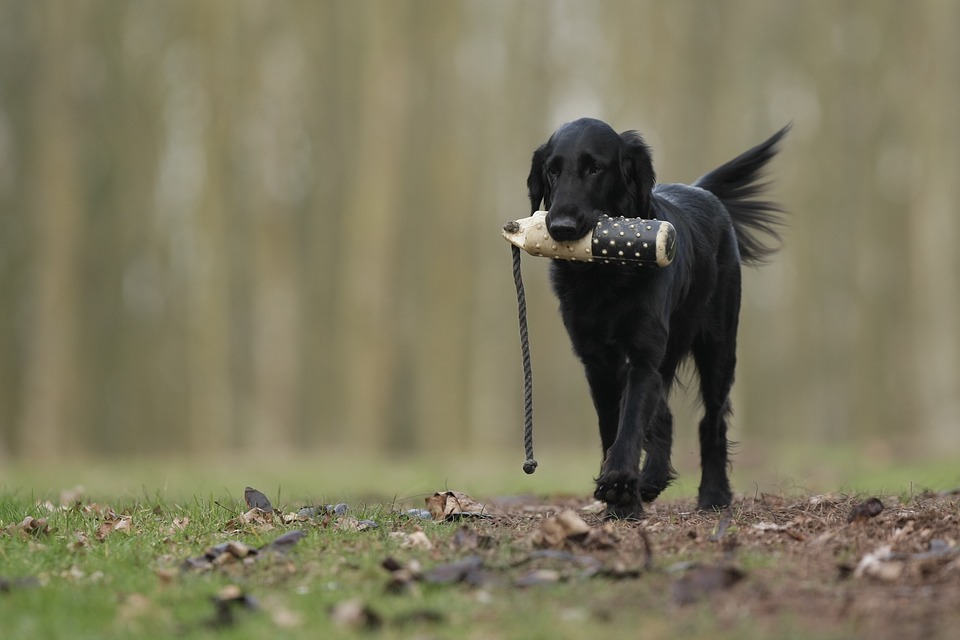
Before choosing a dog breed, one should take into account the time of the year when the hunt will take place and the goal pursued by the hunter. Advice from hunters plays an important role in the selection of a particular breed. But you don't need to blindly follow them. Study each breed separately, take a closer look at the exhibitions, talk with the owners about the character of the dog. The dog and the owner should become one in the future, so take into account the temperament, behavior and characteristics of the future pet.
The purchase should be made from trusted breeders or specialized nurseries. Here, experts will give the correct information on the maintenance and nutrition of the pet. There must be a pedigree and a vaccination passport. In the absence of documents, the owner will not be able to register the dog and further hunt with it. You should also find out about the nature of the parents and the existing pathological deficiencies of the acquired pet. It is highly likely that all this can be transmitted to the puppy.
If the question arises about how old to take a dog, a puppy or an adult dog, it is advisable to give preference to the first option. Taking a puppy, you will be able to train and raise it yourself. It will be more difficult to customize an adult dog. Perhaps she even received the wrong training and will not be able to become a faithful companion on the hunt.
When choosing a puppy, pay attention to their number in the litter. Better to give preference to a litter with no more than six puppies. Such individuals will be stronger and healthier. Sluggish, skinny or, on the contrary, overfed puppies are not the best option for buying. A good dog should have a shiny coat and a cold and damp nose.
If the choice still fell on an adult dog, before buying it should be checked in the game and the ability to hunt in the field or in the forest.
Classification of hunting dogs
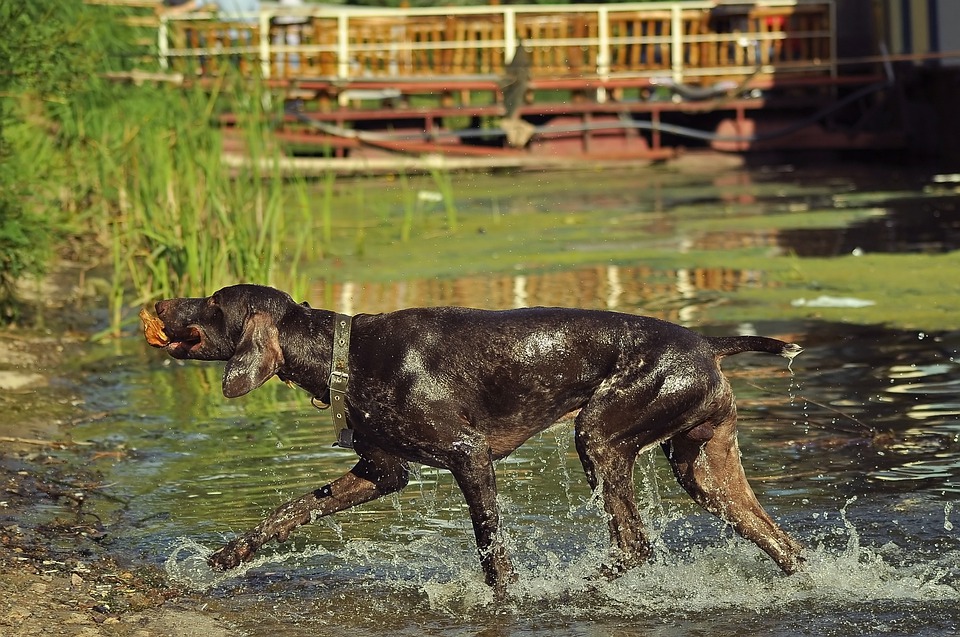
Small dogs were bred to hunt animals living in norms. They are classified as burrowing dogs. The hunting behavior of this species is completely different from its domestic disposition. During the fight, even in a difficult situation, they gain the upper hand over the enemy, despite the injuries received. The fight is conducted independently, without resorting to outside help. And at home they prefer to put themselves above the owner, but do not show aggression.A friendly relationship develops both with children and with strangers.
For bird hunting, preference should be given to cops. They have a keen sense of smell and a clear voice. In the hunt, they independently find prey and indicate this to the owner. After the shot, they find the trophy and bring it to the owner. At home, they show themselves peacefully and become a loyal friend. In Russia, such breeds have been bred for over a hundred years.
Hound breeds are excellent at taking track. Thanks to the clear voice, the owner will be able to hear their signal even at a great distance. They are active almost all day long, are very energetic and can develop high speed in hunting for prey. In everyday life, they have a gentle character, do not show aggression, and are well trained. They also differ in cleanliness.
Greyhounds are suitable for hunting hares or larger game. They work well in teams with other dogs. They strangle their prey, and after that they wait for the owner next to the trophy. Having long legs, they can develop a high running speed and chase their prey for a long time.
The best breeds of hunting dogs for keeping in an apartment
Dachshund
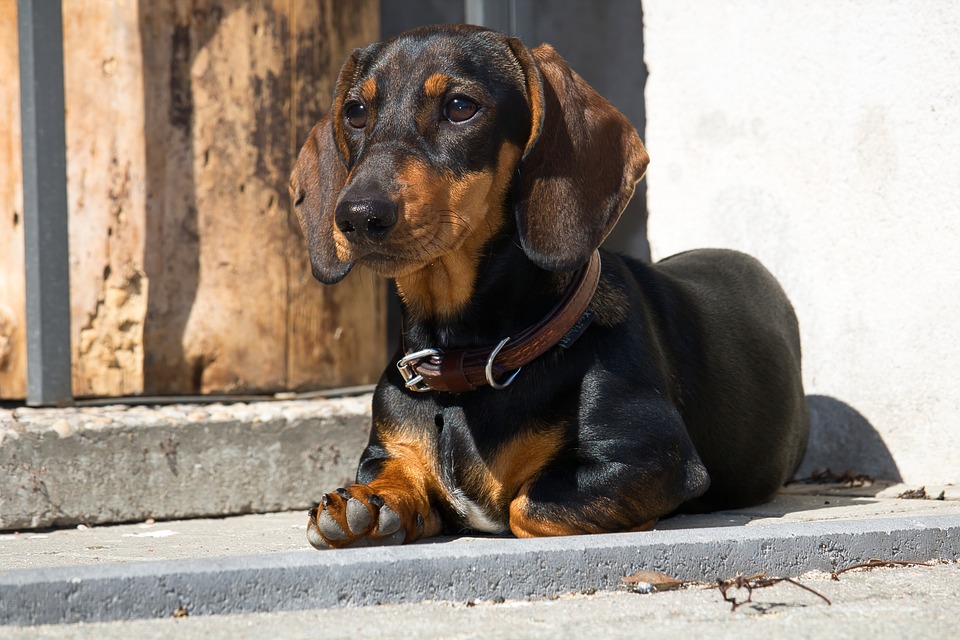
This is one of the oldest breeds of burrowing dogs. The modern breed began to form in Germany in the 16th century. And by the end of the 18th century, it acquired the modern features of this breed.
She is small in size, has an elongated body and gentle legs. The shape of the muzzle is slightly elongated. The ears are soft, reaching the level of the nose. They also have a bulging chest and muscular back. The feet are slightly crooked, which helps them to get out of the burrow easily. The nails are quite strong, this allows the dachshund to easily break through burrows. In a minute, she can dig a hole up to 45 cm deep.
As for the character, he is quite soft, there is no aggression, he can easily find contact with the owner. But at the same time, pride prevails in her character, for this reason she is difficult to train and does not want to follow commands. The dachshund constantly demands attention. It is important for her to have contact with the owner and lead an active lifestyle. In the absence of constant games, dachshunds show vindictiveness and even aggression.
In case of danger, they show fearlessness and are able to protect the owner. Although they are small in size, they can scare the offender with the loud barking inherent in large breeds.
Adult dogs get along well with children. And puppies, with a bad attitude from the child, can respond with aggression. It is important to show your child how to properly handle the pet.
A dachshund puppy can be taken from two months. At this age, they do not need breast milk. When choosing a pet, it is better to examine the entire litter. The coat should be thick and free of dandruff. The eyes and nose of good puppies are clean and free of discharge. The room for keeping should not contain extraneous odors; it is also better to give preference to a bright and spacious room. By their nature, dachshunds love to gnaw on objects, so it's best to hide everything important. For the first few days, when the puppy will adapt, noise should be avoided and the environment created.
You should feed the usual food, combined with dry food. You need to monitor your weight. The health of this breed is excellent, but there may be problems with the spine.
The average cost of the tax is 10,000-30,000 rubles, depending on the pedigree.
- Bravery;
- Devotion;
- Burrows quickly;
- Small size;
- Not capricious in content.
- Poorly trainable;
- Can take revenge on the offender;
- He puts himself above the master.
Fox terrier
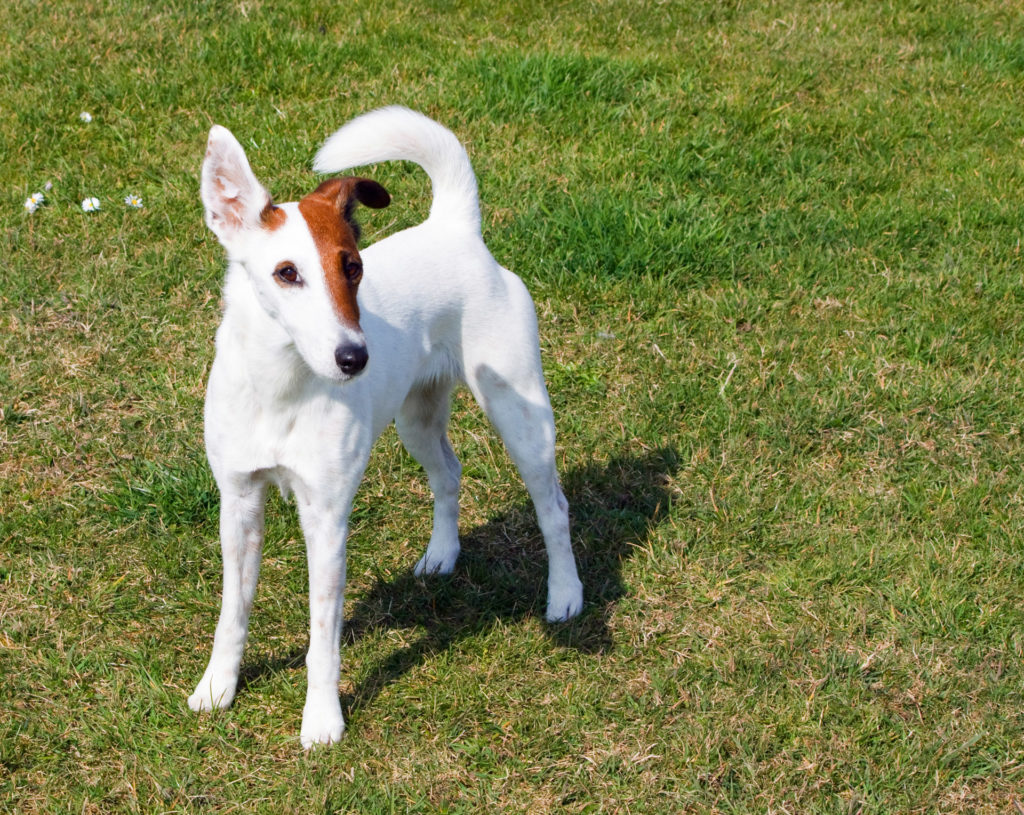
This breed was developed in the late 18th century in Great Britain. Representatives of fox terriers are of two types - smooth-haired and wire-haired. Their main difference is only in the quality of wool and the features of caring for it. In addition, the smooth-haired variety is still used today as a hunter, and the wire-haired variety has established itself as a reliable companion.
They reach a height of 40 cm at the withers, and the average weight is about 8 kg.But with such a small size, they have high physical strength and endurance. They are capable of attacking a beast that is larger than them. They are used to hunt hares or foxes.
Fox Terriers love outdoor activities. For such a pet, long walks and active games are important. It is not advisable to take a walk without a leash, seeing something interesting for oneself, it can rush without looking back, not paying attention to the owner's commands.
When training a puppy, you should be tough. Otherwise, the fox terrier will prevail over the owner. Without training and alone, they become wild and begin to show aggression. They lend themselves easily to education, all the requirements of the owner are quickly remembered. When training, it is best to use vigorous exercise to meet the physical activity needs.
The smooth-haired fox terrier requires frequent combing, and the wire-haired fox terrier needs to be hand-pinched 2 times a year. You should also trim the nails in a timely manner. This is necessary for hygiene and personal safety reasons.
You should be careful about the diet of fox terriers. They are food lovers, able to overeat, which will lead to obesity. Life expectancy in favorable conditions can be up to 14 years.
The average cost is 20,000 rubles.
- Gets along well with children;
- Has great physical strength and endurance;
- Has good watchdog qualities
- You need constant physical activity;
- Difficult to train;
- Due to great curiosity, walking without a leash is not recommended.
Irish Setter
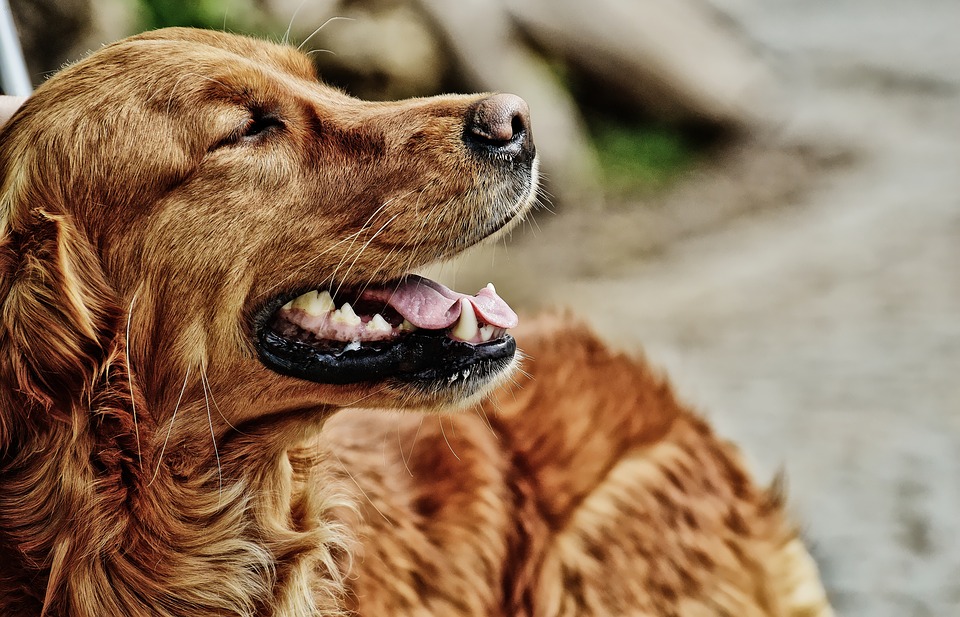
It was bred in Ireland, and by the middle of the 19th century it was formed as an independent breed. This breed belongs to large dogs, has a height of 60-65 cm and a weight of about 30 kg. They have long and strong legs, which help to develop a good movement speed. They have a long, coarse coat, ranging in color from dark red to light red.
The Irish Setter is friendly in nature and needs constant communication. Adult males become uncommunicative. With insufficient physical activity, they begin to constantly bark or commit nasty things. They are easy to train, they like to execute commands and actively play with the owner. They like to spend time playing with children, tolerate any pranks and do not show aggression. They go well with other dogs, but it is better to limit communication with smaller pets. Setters can perceive them as prey.
With its long coat, the Irish Setter will require daily inspection for debris. The wool should be combed out at least 2-3 times a week. Suitable for living in an apartment, subject to sufficient physical activity and long runs.
When feeding, you should try to give more protein food, but it is important not to overfeed the dog. Most diseases are rare in this breed, but many can suffer from volvulus and dermatitis. Life expectancy can be up to 15 years.
The average price is 30,000 rubles.
- Takes a good track;
- Trainable;
- Get along with children;
- Do not show aggression.
- Constantly need physical activity;
- Not suitable as a security guard.
English cocker spaniel
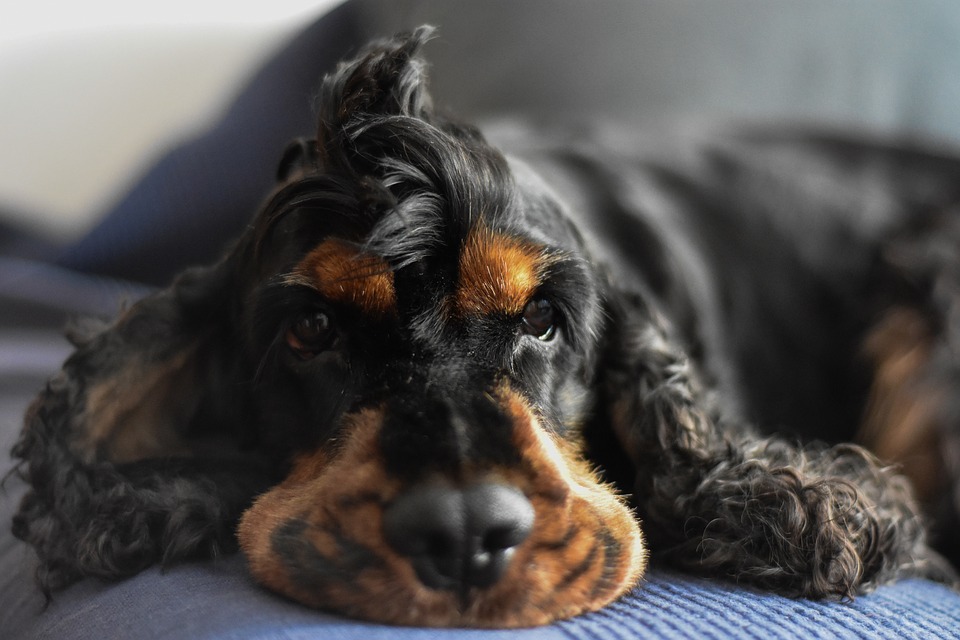
This breed was artificially bred and approved in 1902 in England. She was subject to the strict standards of the ideal hunting dog. This created difficulties for the further increase in the number of the breed. But now the requirements have changed, which has created the spread of the Cocker Spaniel throughout the world.
A cocker spaniel can grow up to 36 cm and weigh up to 10 kg. They have a large, regular head and round, dark eyes. The coat is of medium length, soft and silky. Representatives of this species of spaniels are found in different colors. Thanks to their large, webbed feet, they swim perfectly, move through swamps and reeds. They also have an excellent sense of smell and sight, which is very important for a hunting dog.
They have a gentle disposition and a cheerful disposition.Show devotion to the owner if they receive enough love and affection from him. If they live in a large family, then they will have a special closeness with one person. Easy to train, like to please the owner. But there are cases of disobedience and stubbornness. Get along well with children and strangers, do not show aggression.
Caring for a Cocker Spaniel will take a lot of time and effort. Since the coat is long it will have to be combed out constantly, it is necessary to accustom to this process from early childhood. Also, once 1-2 months, it must be cut. The ears require daily examination. And once a week, treat it with a special solution. The nails should be trimmed once a month.
Problems with the cardiovascular system and legs may occur, but this is not common. In general, this is a fairly healthy dog. Life expectancy can be up to 15 years.
The average cost is 20,000 rubles.
- Gentle character;
- Easily gets along with children;
- Well trainable;
- Tracks prey well.
- They require constant care.
Kurzhaar
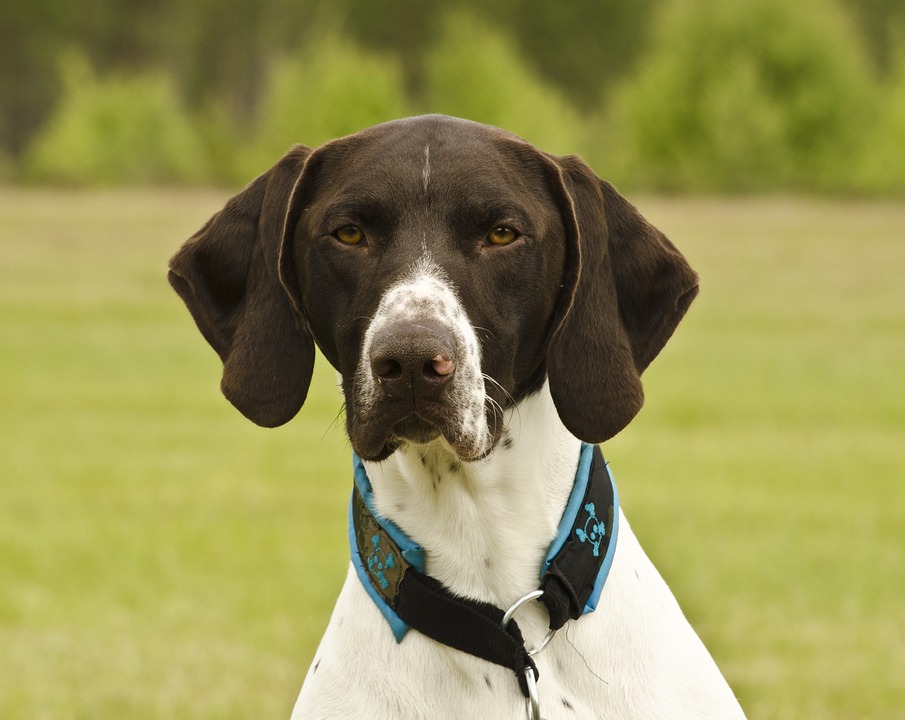
Kurzhaar was bred in Germany. It is considered a versatile hunting dog. It can hunt both in water and on land. Growth reaches about 60 cm, and weight - up to 32 kg. Puppies are light in color, with age it darkens. Kurzhaars are slender with developed muscles, have long legs and a straight back. The shape of the head is elongated, with powerful jaws and drooping ears. The length of the wool is no more than 2 cm, it is thick and hard. Basically, birds are hunted with this breed, but it will easily help catch big game.
In addition to excellent hunting abilities, the shorthaired pointer shows itself as a reliable guard and companion. Constantly strives to please its owner. He constantly needs attention and likes to spend time with his family. May become aggressive or shy if not active. The owner must show his dominance, not show slack, otherwise the shorthaired pointer may become uncontrollable. Easy to train. Performing even the simplest commands is very satisfying.
Kurzhaars do not require much maintenance. Brushing the coat is required about 1 time per week. You should only bathe as needed. Frequent bathing can ruin the coat and make it brittle.
Kurzhaars may have a cleft palate or have vision problems, as well as epilepsy. Life expectancy is 12-14 years.
The average cost is 30,000 rubles.
- Universal hunting breed;
- They do not require special care;
- Easy to train;
- Get along well with people;
- The maternal instinct is highly developed.
- Cannot stand loneliness;
- Barks a lot.
Labrador
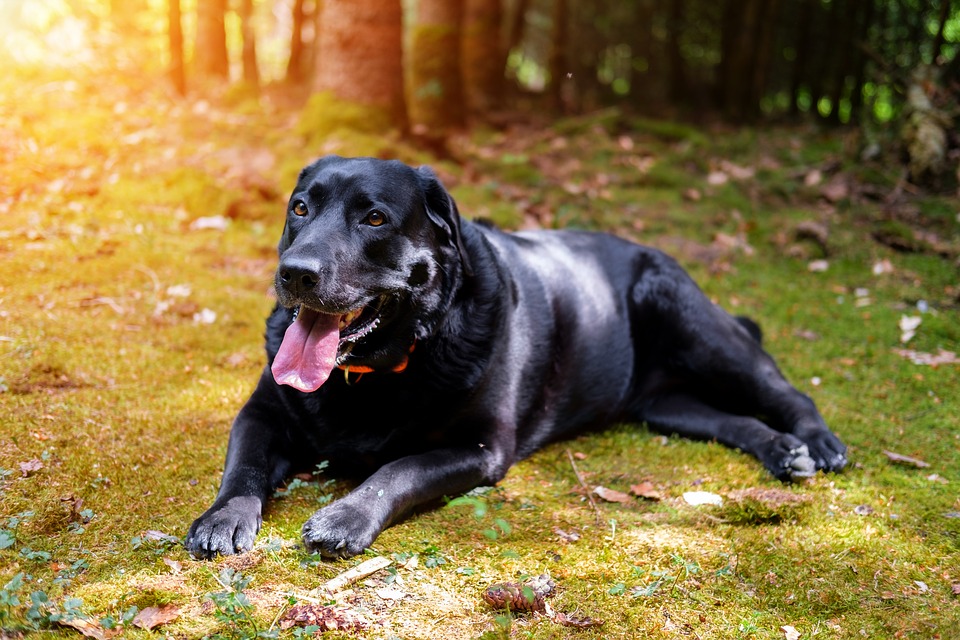
In their usual form, Labradors were formed in England by the beginning of the 19th century. They are about 60 cm tall and can weigh up to 40 kg. Labradors have short and soft coats. They have a sturdy body, with a broad chest. The muzzle is square in shape with drooping ears. They have black, chocolate and fawn colors.
Received their recognition for their kind character. Easily bond with strangers if they are not a threat. They understand a person not only intellectually, but also emotionally. As an assistant when hunting, I have an excellent instinct and a soft grip, which allows me not to spoil the prey.
They take care of children, which makes them great nannies. They not only play with children, but also protect them from unwanted actions. Constantly strive to please the owner and show obedience.
Developed intelligence requires constant training, to which they are easily amenable. Can be trained to help people with poor health, and be a guide. Labradors are very energetic and require physical activity and long walks. They like to bark, but with the appropriate command they stop.
The coat of the Labrador must be brushed a couple of times a week. Eyes and ears require attention. Bathing is required at least once a week.
Mostly Labradors are in good health. But some representatives may have dysplasia. The positivity of life can go up to 15 years.
The average cost is 30,000 rubles.
- Suitable for quiet and leisurely hunters;
- Can help people with impaired health;
- Gets along well with children;
- Learns quickly;
- Has a gentle character.
- Requires at least an hour of active classes per day.
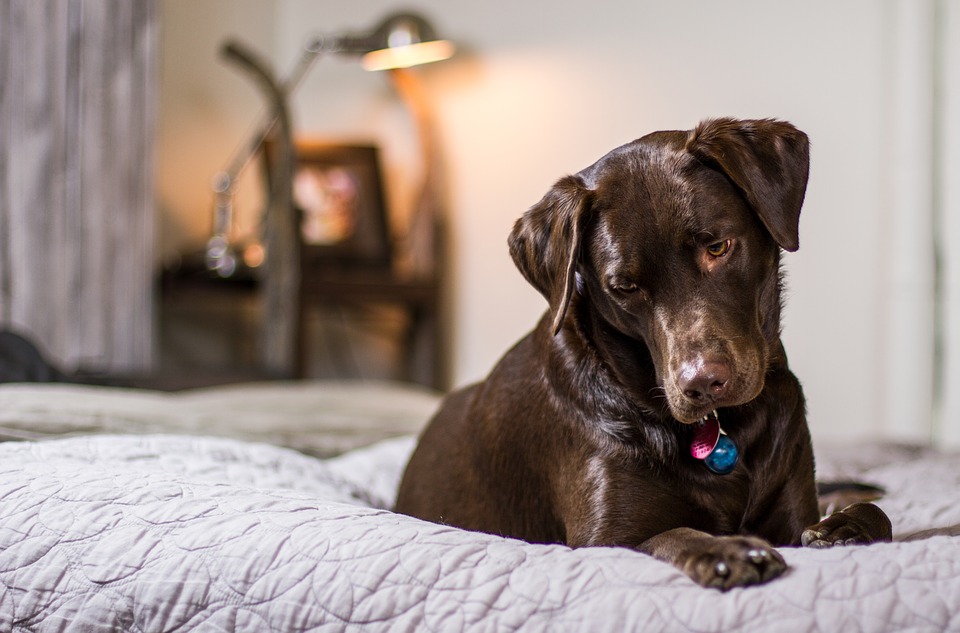
Keeping a dog in an apartment causes more worries and no small responsibility. Most breeds are suitable for living even in a small apartment. Do not forget to satisfy the pet's needs for a walk and active rest, then the appearance of a new family member will only bring joy.
new entries
Categories
Useful
Popular articles
-

Top rating of the best and inexpensive scooters up to 50 cubic meters in 2020
Views: 97661 -

Rating of the best materials for noise insulation for an apartment in 2020
Views: 95022 -

Rating of cheap analogues of expensive medicines for flu and colds for 2020
Views: 91751 -

The best men's running shoes in 2020
Views: 87681 -

Top ranking of the best smartwatches 2020 - price-quality
Views: 85091 -

Best Complex Vitamins in 2020
Views: 84801 -

The best dye for gray hair - 2020 top ranking
Views: 82406 -

Rating of the best wood paints for interior use in 2020
Views: 77202 -

Ranking of the best action cameras from China in 2020
Views: 75269 -

Rating of the best spinning reels in 2020
Views: 74827 -

The most effective calcium supplements for adults and children in 2020
Views: 72463 -

Top rating of the best means for male potency in 2020 with a description
Views: 68296

